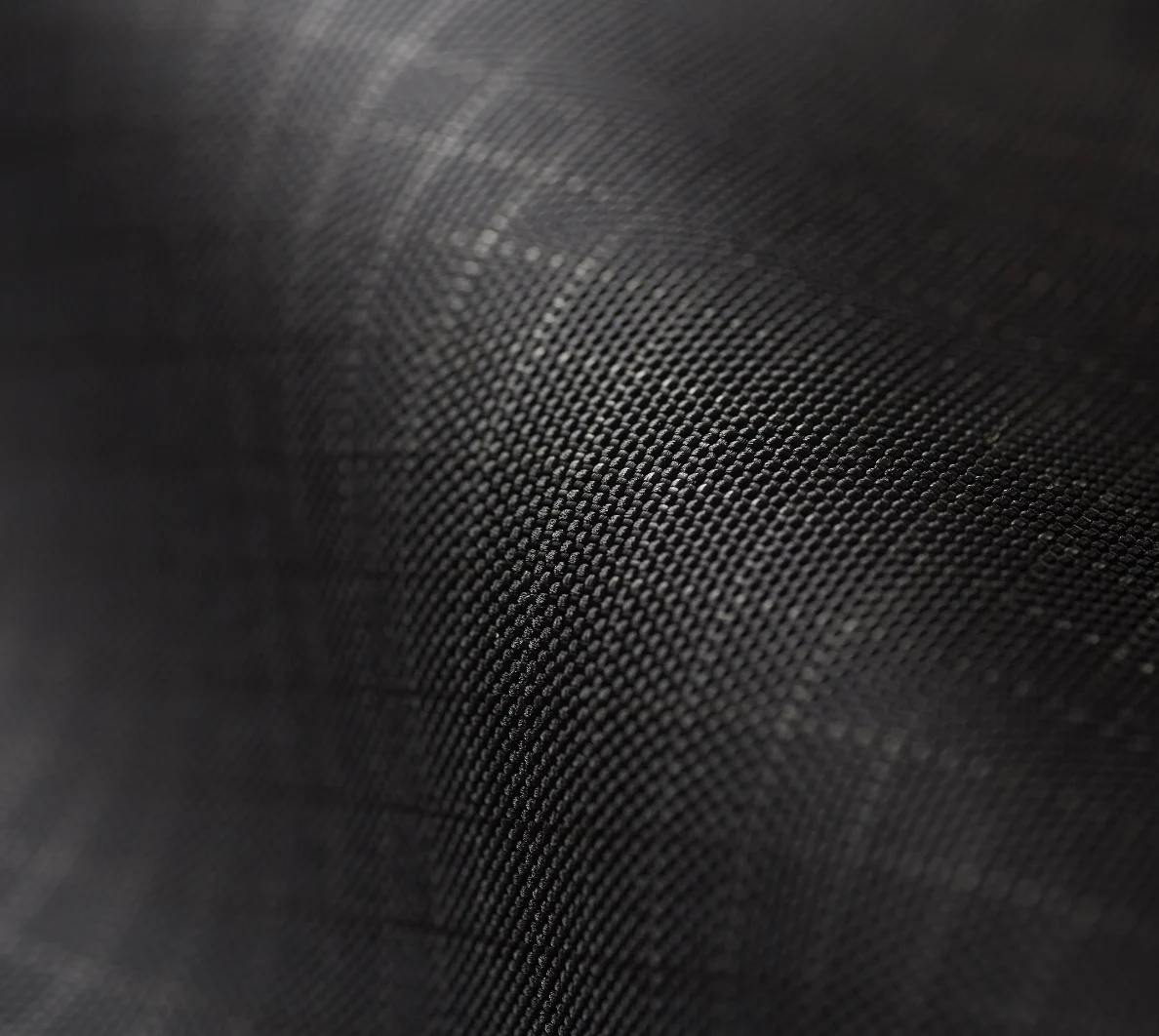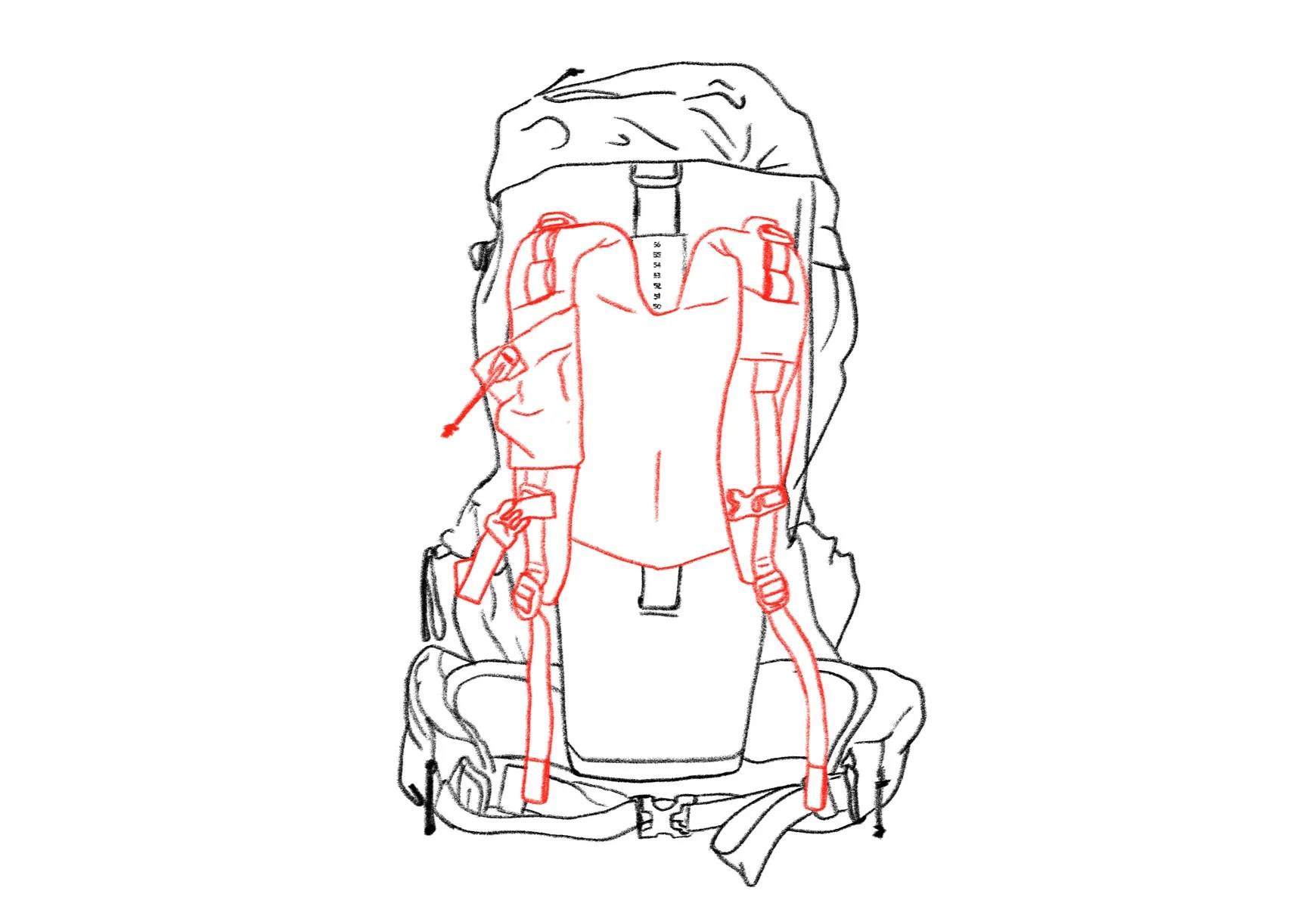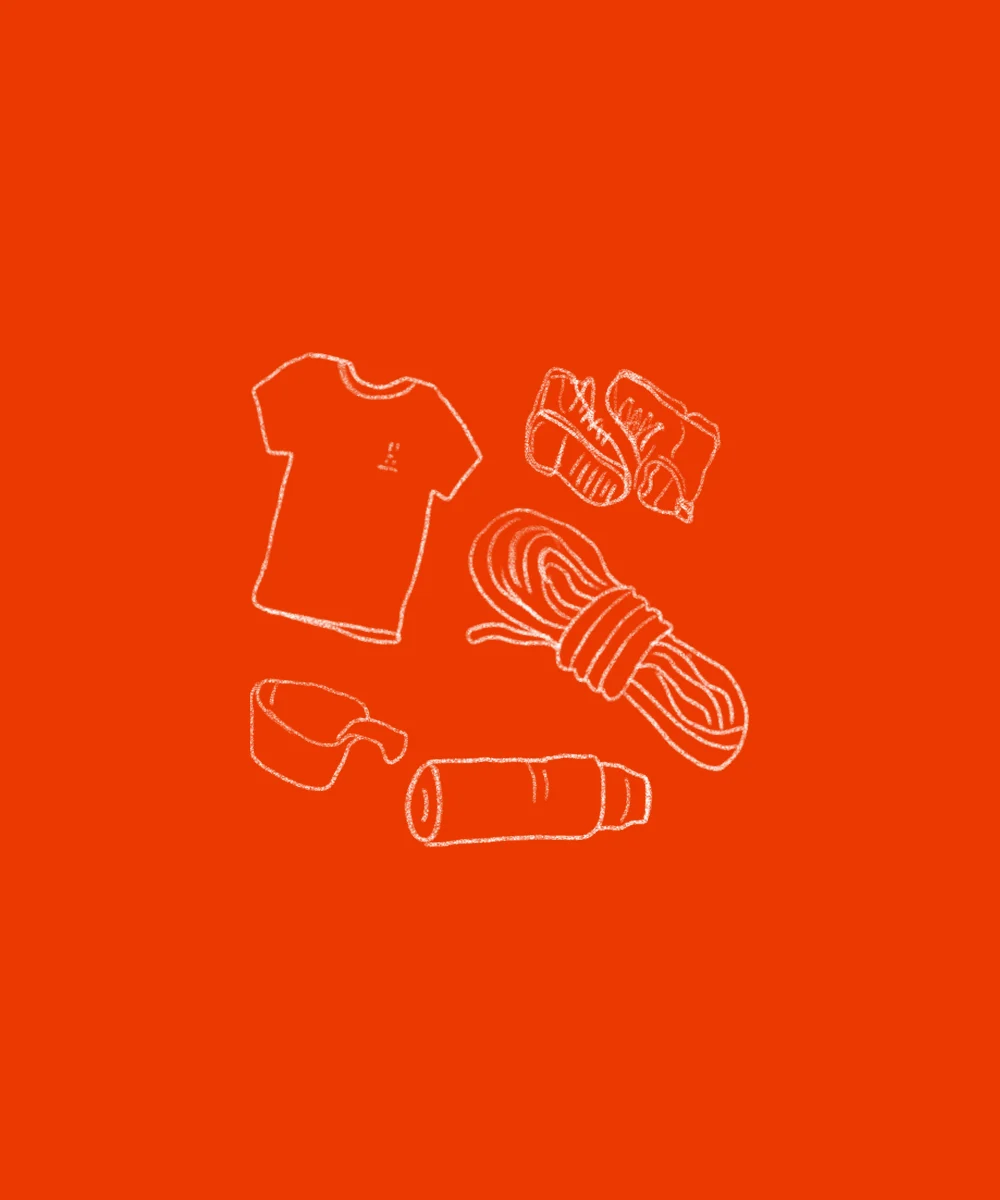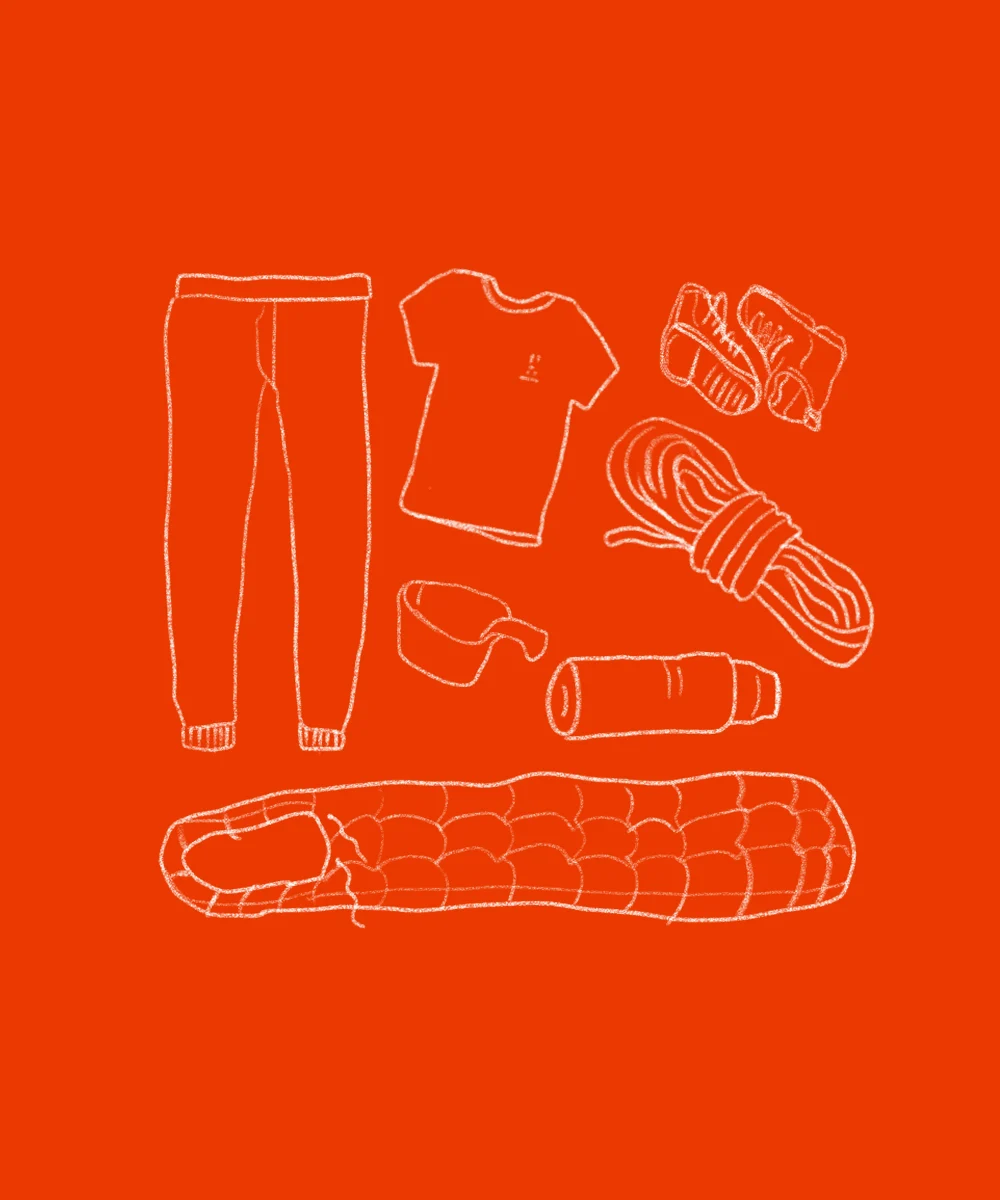Backpack guide

Over 100 years of backpacks

At Haglöfs we've been manufacturing backpacks for well over a hundred years
It's where our journey started. A matter of pride and heritage, outstanding backpacks are the very essence of our brand. Our wide range fits the different needs of users, and is designed for different activities. We offer multiple carry systems, looking at factors like adjustability, versatility, carry comfort and reducing unnecessary bulk. And we never underestimate the difference that small details can make.
Built to last a lifetime of adventure
To make backpacks that can deliver trustworthy performance year after year, we look at a number of key characteristics. Every material we use is selected to meet the highest standards and durability is key. Using stronger fibers enables us to reduce weight and make the backpacks slim, yet hard-wearing. Responsibility is just as important. Most of our backpacks are made out of recycled face fabrics, and we only use fabrics that can be recycled at the end of their useful lifetime. Water repellency treatments are always PFC free.
It all starts with the material

Polyester
Polyester is a synthetic fiber, originally made from petroleum. Light, yet durable, with a naturally high colorfastness to light. Polyester is used in different deniers (tread-width) mainly on day packs and lighter hiking packs. In order to reduce our impact, most of the polyester we use comes from recycled waste.

Polyamide
Polyamide is a polymer based on petroleum. It is very durable which makes the fibers suitable for heavy duty backpacks. Polyamide fabrics are used both on their own and as reinforcement on backpacks made out of polyester. To reduce our overall impact Haglöfs uses recycled Polyamide from pre-consumer industrial waste.

Spectra
Spectra is an extremely light fiber made to achieve extra ordinary strength through a patented process. Spectra is stronger than steel, and by combining the fiber with polyamide yarn, we have achieved an extremely durable weave, suitable for extreme conditions.
Our carrying systems

Instant
Instant is a technical performance carrying system suitable for all serious trekking, from the plains to the mountains. It is our most stable system, with an external aluminum frame that provides great comfort, stability and weight distribution when carrying heavy loads over long distances. The shoulder harness is easily adjustable for instant tuning of the torso length. Both shoulder straps and the hip belt are constructed with multiple layers of foam to provide comfort and stability.

Contact PRO
Built for versatile and comfortable trekking, this is a frame system that delivers comfort day after day, on the streets, on the trails or in the deep wilderness. The easily adjustable shoulder harness system is adjustable – with hooks and loops – for instant tuning of the torso length. The dual load distributing aluminum-stays provide a stable frame construction. Shoulder straps and hip belt provides stability and comfort.

Contact
Contact is a low weight carry system that delivers comfort over large distances. It’s a lightweight, simple, and comfortable carry system. It adjusts with hooks and loops for easy and instant tuning of the torso length. Hip belt and shoulder straps are light, yet stable and comfortable.

Airback
The Airback suspensions system is designed to keep your back comfortably dry. The system prevents sweat build up on your back, even when working hard on uphill ascents. A fixed carrying system, the mesh tensioned back panel provides airflow through the back contact zone, and keeps you cool in warmer conditions.
Sizing and fitting
Taking the time to customize your backpack fit at home is the key to maximizing comfort and minimizing distractions once you hit the trail. Start by measuring your torso then adjust the backpack’s torso accordingly. Next, loosen all the straps and put the backpack on. Since you want your hips to carry most of the load, position and adjust the hip belt so that it sits comfortably on top of your hip bones. Adjust the shoulder straps to comfort. Then activate the load lifter straps to position the backpack for optimal balance. Finally, fasten and adjust the sternum strap. Watch the film to walk through the whole fitting process step-by-step.
Volume
Don’t carry more than you need to. Your backpack only needs to be as big as your journey is long. Volume, or carrying capacity, is indicated in liters to make it easier to choose the right size for your needs. A rough guideline is 25-35 liters for one-day journeys, 40-60 liters for three-day journeys, and 80-110 liters for seven-day journeys.

1 Day
25-35 L

3 Days
40-60 L

7 Days
80-110 L